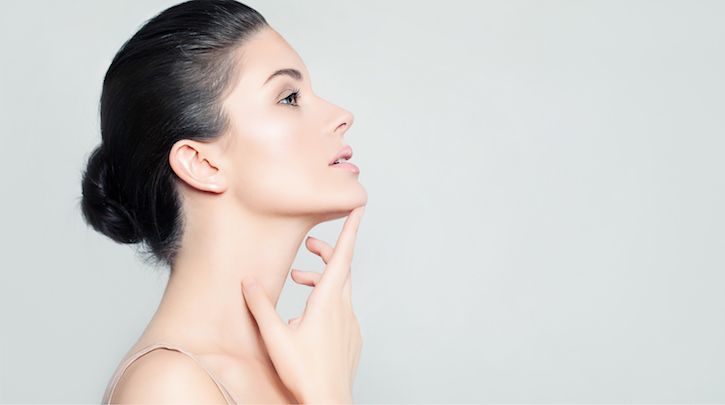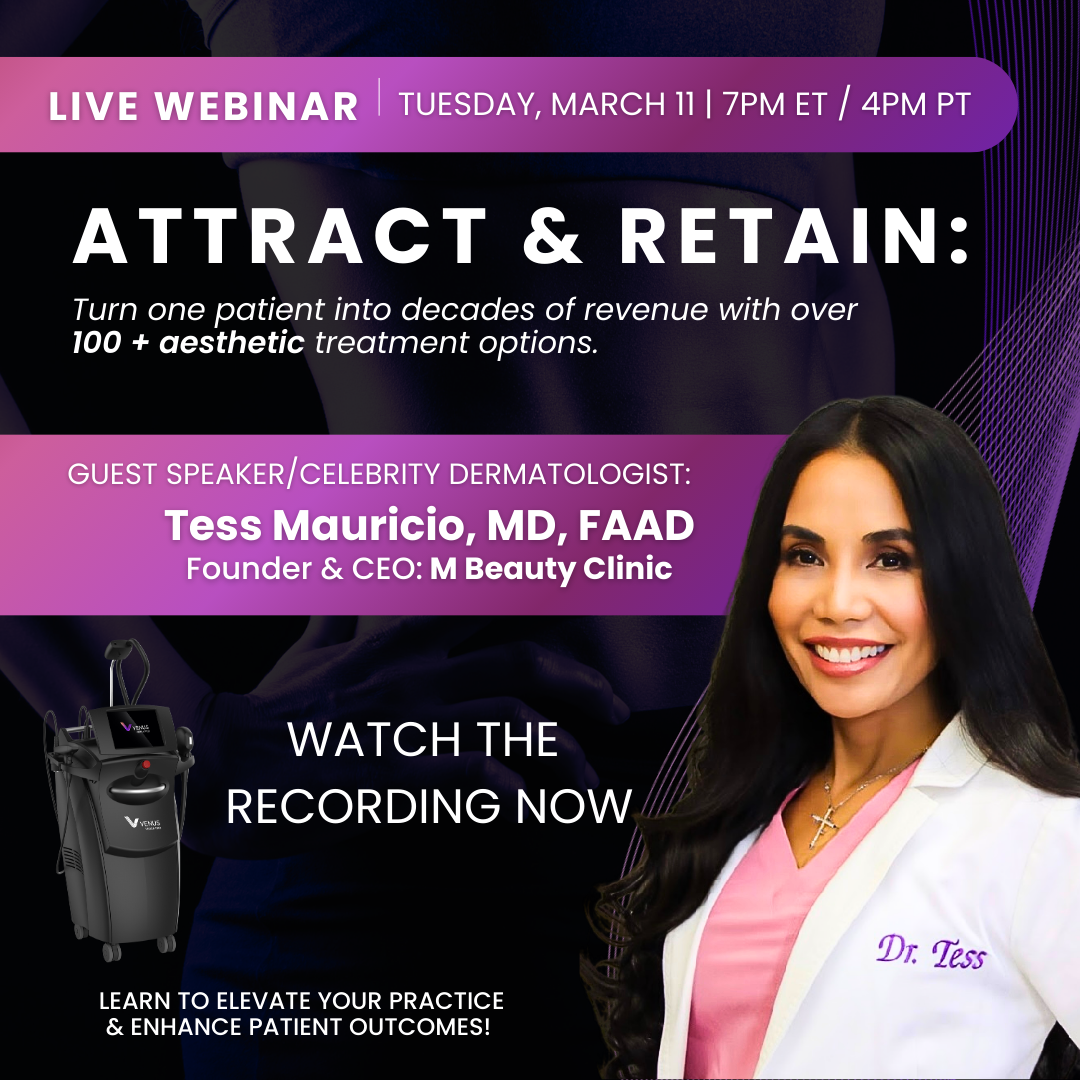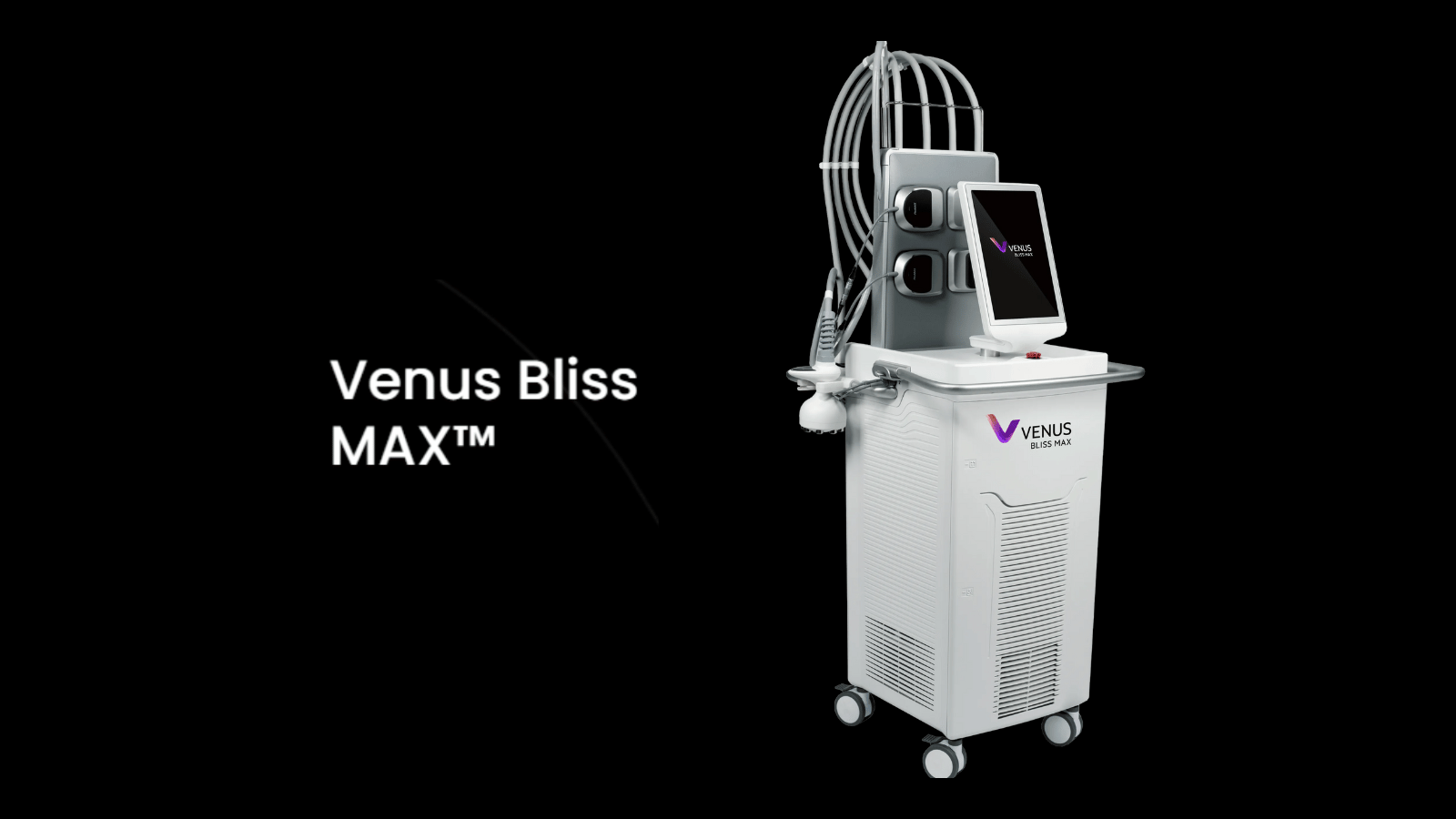Top Advances in Acne Treatment

Acne is among the most frequent reasons for visits to aesthetic professionals. According to the U.S. National Institutes of Health, about 80 percent of people aged 11 to 30 experience acne outbreaks at some point in their lives. While acne is most common among adolescents, it is also known to occur or persist into adulthood.
There are a number of factors that contribute to acne, but acne vulgaris (or common acne) begins when the pores become plugged with sebaceous secretions. These clogged pores can become inflamed and infected, producing pimples and cysts.
Because of the visible nature of acne, more and more people are seeking treatment to address lesions, inflammation, and scarring. And because demand is so high, acne treatments are evolving every day. In this post, we’ll look at some of the top cutting-edge technologies in acne care.
Light and Energy in Acne Treatment
Laser systems, near-infrared, radio frequency (RF) devices, and light-based therapies, such as blue light and intense pulsed light (IPL), are now commonly used to treat acne.
One of the main difference between IPL and laser treatments comes down to the number of wavelengths they use. IPL will use multiple wavelengths, while lasers will use a single wavelength. This is important because each wavelength has a specific preference for absorption of particular chromophores or targets in the skin. IPL will target many chromophores at a time, such as melanin and oxyhemoglobin, while lasers will typically target one, such as water.
These therapies can inactivate the bacteria associated with acne—particularly when paired with photosensitizing agents. LED blue light treatments are gaining popularity—there are even at-home treatment kits available. Treatments utilizing clinical equipment yield more consistent results. Powerful blue light, used with a photosensitizing agent (photodynamic treatment or PDT), is incredibly effective for treating moderate to severe acne.
Treatment Innovations
Recent research has pushed laser and IPL procedures to the forefront of acne treatment. The results of a single-blind 2016 study comparing one type of laser to IPL found that both treatments are safe and effective for active acne. Another recent study used IPL at two different energy densities to test safety and effectiveness of the treatment. After four sessions of IPL at two-week intervals, researchers concluded that both energy densities were safe and effective for treating acne.
IPL is effective not only in the treatment of acne, but also in the treatment of wrinkles, pigmented and vascular lesions, rosacea, and more. IPL has the added advantage of destroying the P.
Anti-acne procedures are core elements for any successful aesthetic practice. Download our essential report, Advances in Acne Treatment: The Latest Options for Aesthetics Practices , to learn more about the latest innovations in acne treatment and the best device technology for patients struggling with acne.







